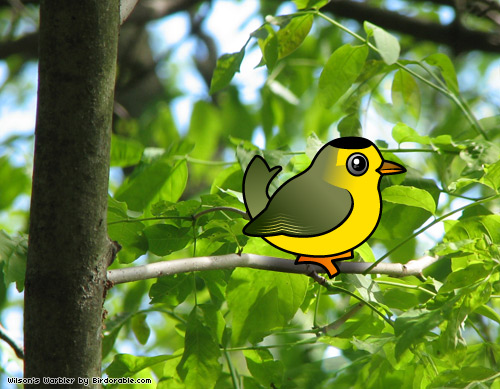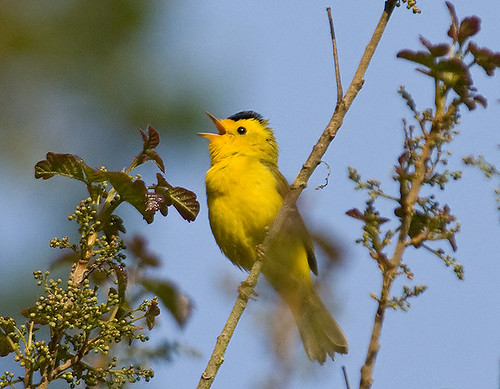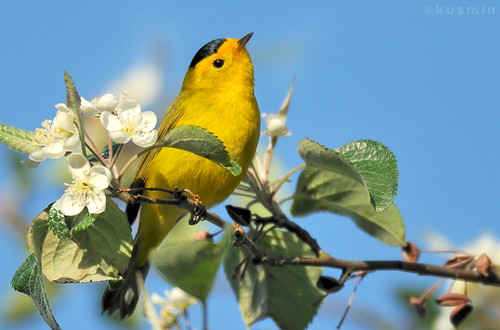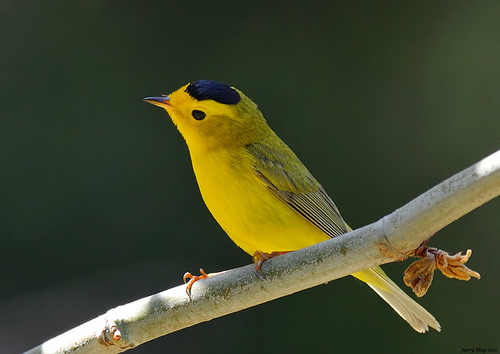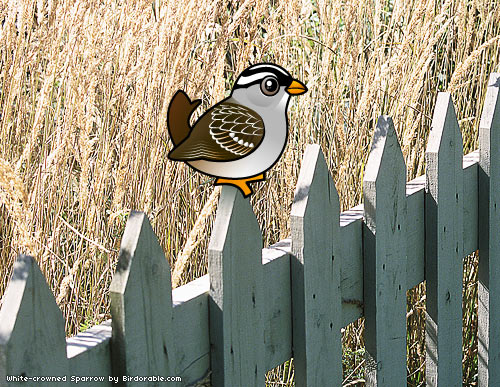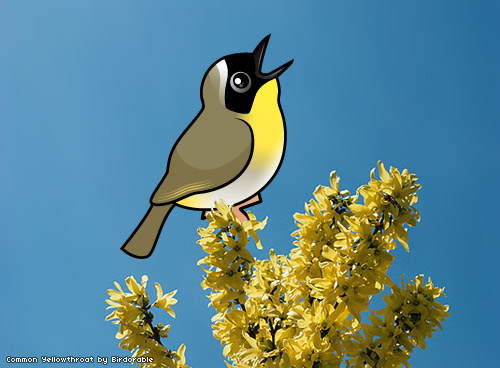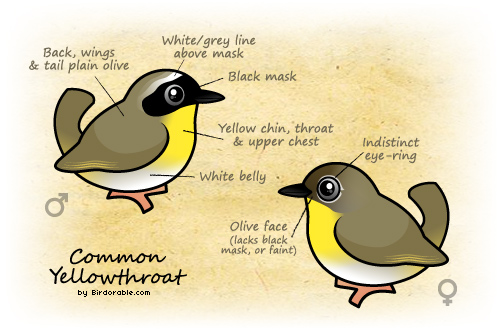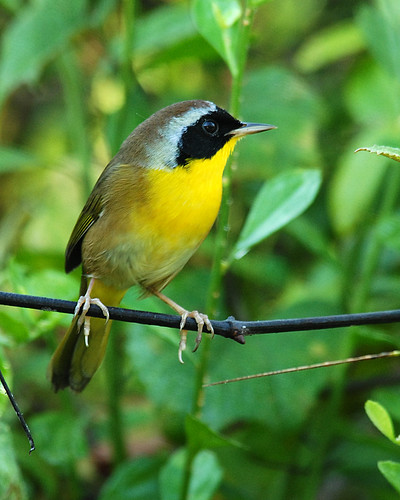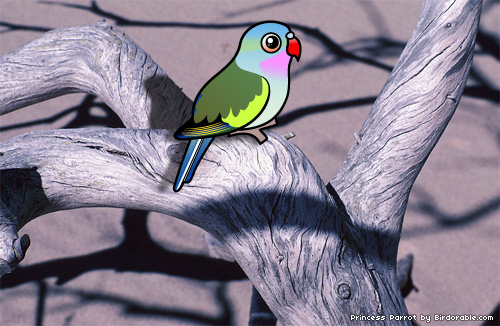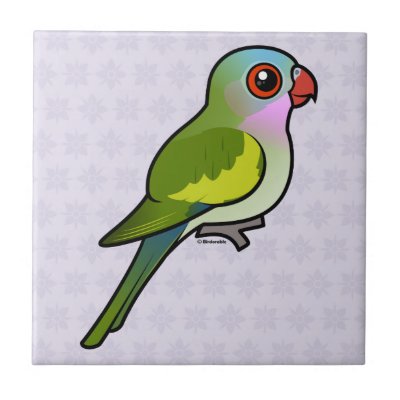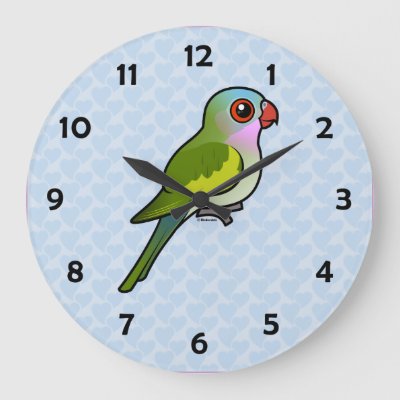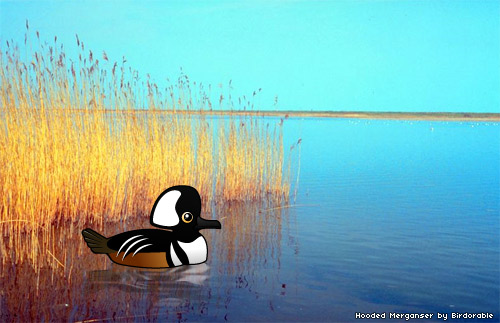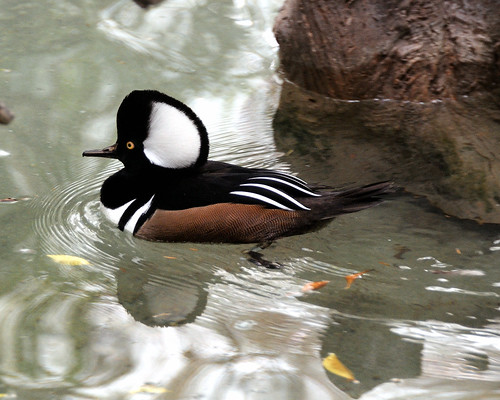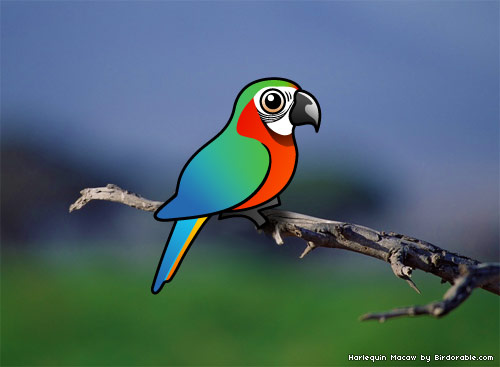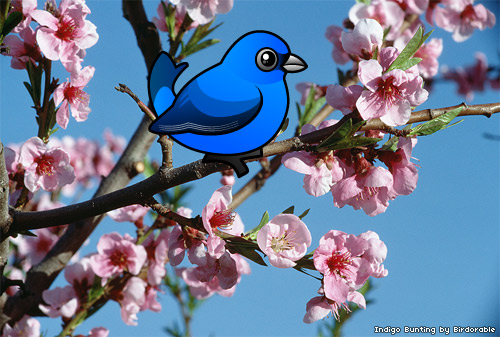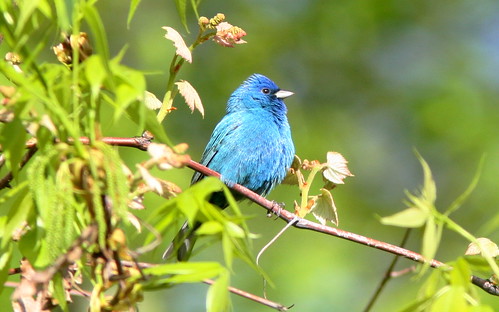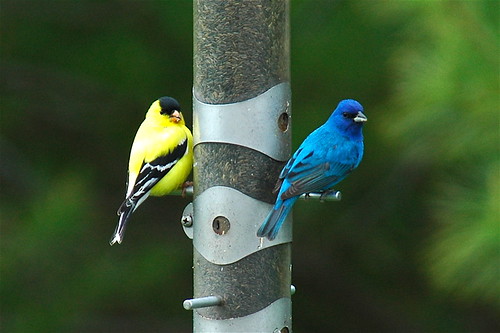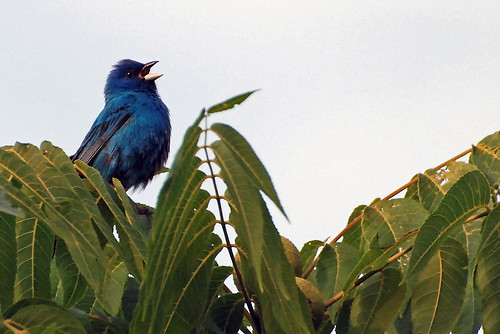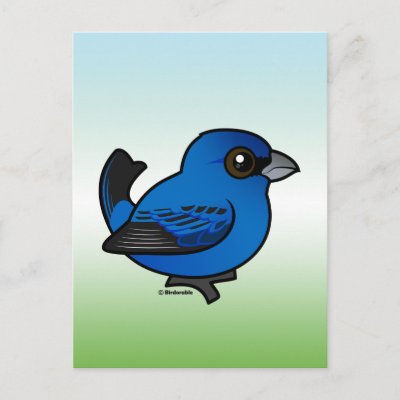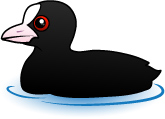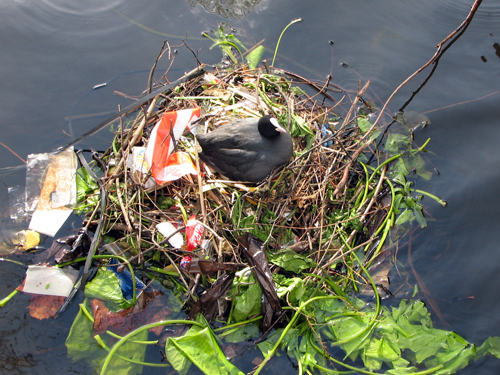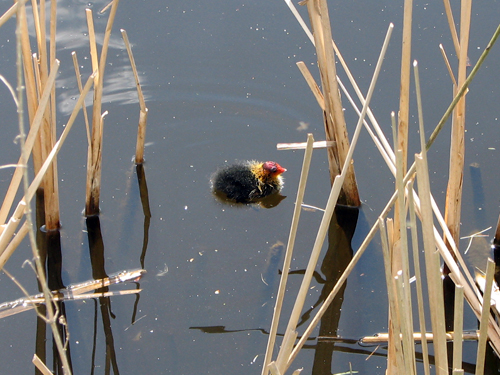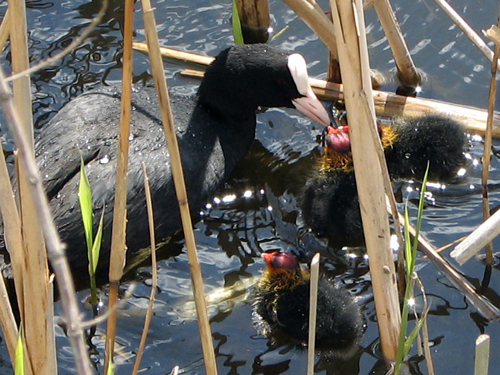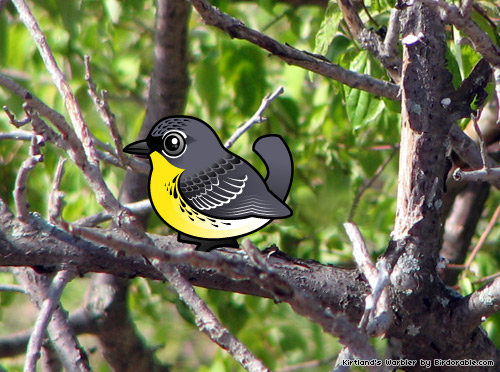
We spent some time at the famous birding site Magee Marsh this past May. Magee Marsh is located on the southwestern shore of Lake Erie in Ohio. During migration, birds use Magee Marsh as a filling station or pitstop before crossing Lake Erie and continuing their journey. This "migrant trap" has been attracting birders for years. On Friday, May 14th, we and several hundred other birders became aware of a very rare sighting on the beach close to Magee Marsh. A Kirtland's Warbler! Our experience of seeing what was probably the most photographed Kirtland's Warbler in history (check out the camera clicks and flashes in the video below!) inspired us to make a Birdorable version of this special endangered bird.
What makes a sighting of the Kirtland's Warbler so special? According to the Michigan Department of Natural Resources: The endangered Kirtland's warbler is one of the rarest members of the wood warbler (Parulidae) family. It is a bird of unusual interest for many reasons. It nests in just a few counties in Michigan's northern Lower and Upper peninsulas, in Wisconsin and the province of Ontario and, currently, nowhere else on Earth. Its nests generally are concealed in mixed vegetation of grasses and shrubs below the living branches of five to 20 year old jack pine (Pinus banksiana) forests. Kirtland's Warblers have been seen during migration at Magee Marsh before, but not every year. And the sighting is not usually shared with so many. It was wonderful to be among so many joyful birders on the Magee Marsh beach, watching that beautiful, special bird. The Kirtland's Warbler made its Birdorable debut on May 23rd.



